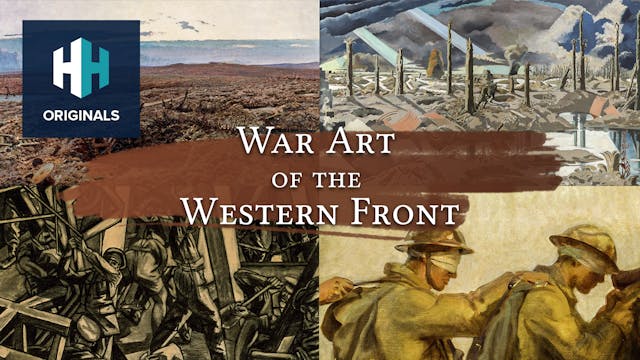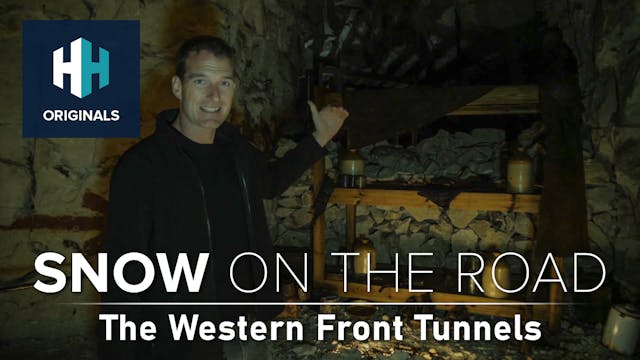Ghosts of the Romanovs
World War One
•
7m 11s
At about 1am on 17 July 1918, in a fortified mansion in Ekaterinburg in the Ural Mountains, the Romanovs – ex-tsar Nicholas II, ex-tsarina Alexandra, their 5 children, and their 4 remaining servants – were awoken by Bolshevik captors and told they must dress and gather their belongings for a swift nocturnal departure. The White armies were approaching; the prisoners could already hear the boom of their big guns. They were told to wait in the cellar, while 11 or 12 heavily armed men ominously filled the room. What happened next – the slaughter of the family and servants – was one of the seminal events of the 20th century, a wanton massacre that shocked the world and still inspires a morbid fascination today. Not long after Stalin rose to power in the late 1920s, all mention of Russia’s last Imperial family, either in print or in public, was outlawed. Any nostalgia for the Romanovs went underground, but people did not stop believing in or praying for their Tsar - they simply did it in private. This situation prevailed for 60 years or more, until the collapse of the Soviet Union in December 1991. The minute the old, oppressive order was gone, the Russian Orthodox Church slowly began to reemerge, and with it came the veneration of the Romanov family – seen as the heart of their faith. But growing concern about the persistence of love for the Romanovs meant that by the 1970s radical measures were taken to suppress it. In this exclusive piece, Helen Rappaport reveals the untold story of modern Russia’s obsession with the Romanov family and the place where they died.
Up Next in World War One
-
Bristol: Aerospace Museum
This was our first city road trip for Snow on the Road - 3 days in Bristol visiting its most interesting historical sites. What's so wonderful about Bristol is how its history is interwoven into the fabric of the city. World treasures like the SS Great Britain and Underfall Yard are visible all a...
-
War Art of the Western Front
It was the war to end all wars. In 1914, catastrophe struck Europe as great power diplomacy failed and alliance systems mobilised vast armies against one another in a conflict that dragged on in bloody stalemate for four long years. Nations geared their entire economies towards victory and called...
-
The Western Front Tunnels
The creation of man-made underground tunnels played a huge role in the outcome of the First World War. They were first dug to mine under enemy positions and detonate bombs or attack in desperate and fierce fights. As the war dragged on, nevertheless, they developed another purpose: providing sold...



